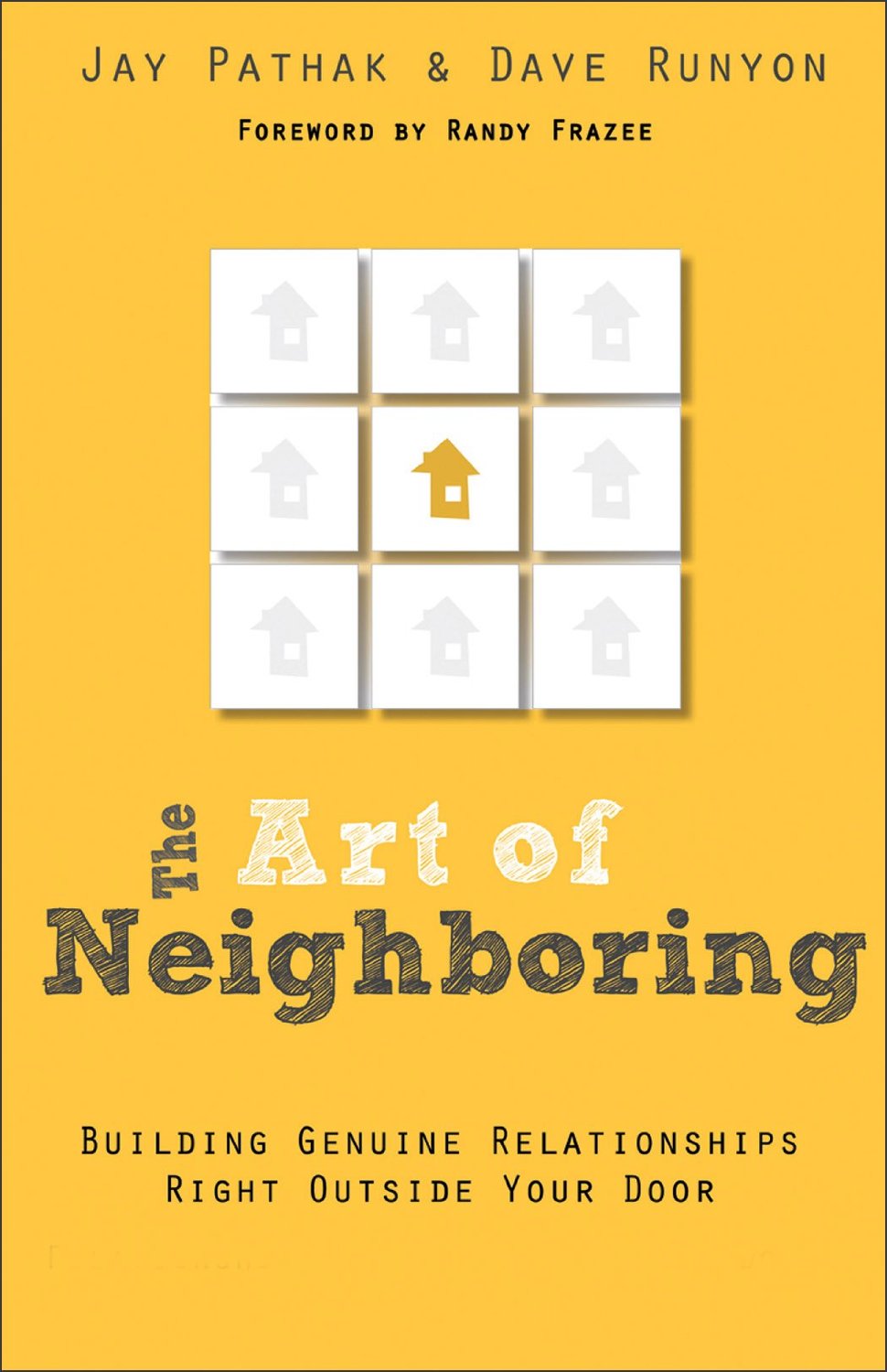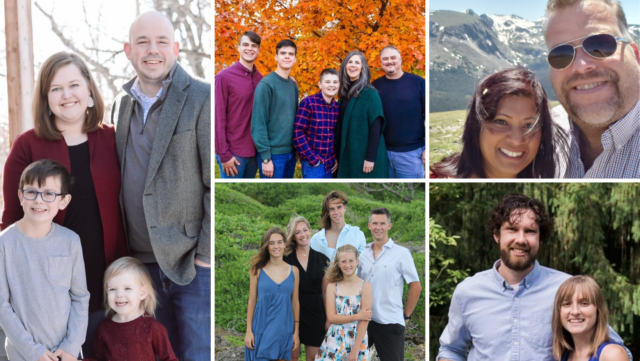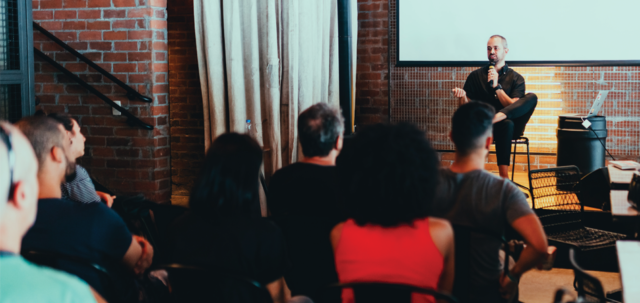When my teenage sons went with me to Los Angeles for the first time, I had to explicitly tell the oldest it wasn’t considered neighborly to wave at strangers on the freeway. In fact, I told him it was probably best not to make eye contact.
You see, having been born and raised in Paxton, Illinois, an agricultural town of 4600 people, my kids have grown up with the phenomena of complete strangers lifting their index finger in a friendly display of acknowledgement as they drive by. Discovering that this wasn’t a universal custom resulted in a broadened worldview.
Even as the world has gotten smaller through social media and advances in technology, the dynamics of interpersonal relationships vary greatly depending on the size of your town. Over the past few weeks, some of my good friends have shared their insights on this blog as we walk through The Art of Neighboring by Jay Pathak & Dave Runyon. In this post, I get to share my thoughts on Chapter 5 through the lens of small town living.
Building relationships doesn’t happen by accident. In small towns as well as big towns, it happens through intentionally pursuing developing relationships with those who are your neighbors.
Co-Author Dave Runyon does a great job of defining the basic stages of relationship development. According to Dave, the first stage of developing relationships is to move from being strangers to being acquaintances. How do you know the difference? The answer is as simple as asking, “Do I know this person’s name”. Strangers don’t know anything about each other. Acquaintances at least know each other’s names.
 Learning names is one thing. For many of us, retaining them is something altogether different. To reinforce names they learned, Dave and his wife Lauren taped a map of their block on the fridge and filled in names of their neighbors as they learned them. It helped not only to reinforce the names, but also served as a continual reminder to keep pursuing getting to know the people they couldn’t yet name.
Learning names is one thing. For many of us, retaining them is something altogether different. To reinforce names they learned, Dave and his wife Lauren taped a map of their block on the fridge and filled in names of their neighbors as they learned them. It helped not only to reinforce the names, but also served as a continual reminder to keep pursuing getting to know the people they couldn’t yet name.
One of the pitfalls in a small town is that it’s easy to know people without really knowing them. Here in Paxton, with only one grocery store, a handful of gas stations and just a few other places for the public to frequent, it’s natural to run into the same people over and over again. I know the names of people I’ve never talked to. I know who their kids are. I even know what they do for a living. How? It’s a small town.
But, familiarity isn’t the same as relationship. Knowing who someone is doesn’t make them my friend until we’ve actually conversed; when they know I know them and I know they know me.
Once we become acquainted, the next phase is relationship. Dave writes, “…Jesus didn’t tell us to become acquaintances with our neighbors; he called us to love them, and that means we need to have an actual relationship with them.” (p. 78).
Developing genuine relationships is tricky because there is no easy way to define what they look like. I’ve found that they take time and a willingness to engage with people when they’re available.
I love to walk to the local grocery store that’s located a block from my home. On one of my trips many years ago, I noticed a new family had moved into one of the homes right near the store. I don’t quite remember how Justin and I got introduced, but I remember he always seemed to be working outside whenever I walked by.
As years passed, he and I would chat more and more on my trips to the store (sometimes this was 2-3 times a day). Based on the music he blasted from his garage, I knew he would love how we worship at Vineyard and had invited him many times through the years with no success. At this time, I served as Worship Pastor at a Vineyard Church 30 miles south of Paxton and the distance really made it difficult to convince people it was worth the effort to check it out.
In 2010, when we decided to plant a multi-site campus in Paxton, Justin was one of the first people I told. He tells me now that he knew then there was no way he could wiggle out of at least visiting since it was so close. What he didn’t know was how God would impact and change his life.
Although he had never been a church goer, he was present on our launch day in September 2010 and got involved serving on the Tech Team. Eight months later, he was one of 29 people we baptized. A year and a half later, when our first Tech Coordinator stepped down, Justin took over.
The only thing Justin and I initially had in common was that we were neighbors. That was it. Through the years, as our friendship developed, the ground was prepared so that at just the right time, Justin was ready to say “yes” to God. I’m blessed to say that today he remains one of my dearest friends. As Dave writes in the book, “Often all we have to do is take a walk and be willing to engage the people we see along the way.” (p. 83). It’s true!
Neighboring in small towns sometimes looks a little different than in the big cities. But wherever we find ourselves, it must be pursued with intentionality. Of course, the next time you find yourself driving through Paxton, please don’t hesitate to wave.
************************
About the author
Jimm Wood is a pastor and musician living in Paxton, Illinois; a small town of 4600 people. In 2010, God told him to leave the bright lights and excitement of being a mega-church worship pastor to launch the Paxton Vineyard Church – a multi-site campus – with his wife DeDe. Since then, he’s been on a journey of discovering the Kingdom is big in small towns. Jimm and DeDe have four teenage children, two cats and a dog. Follow Jimm on Twitter @thejimmwood.





